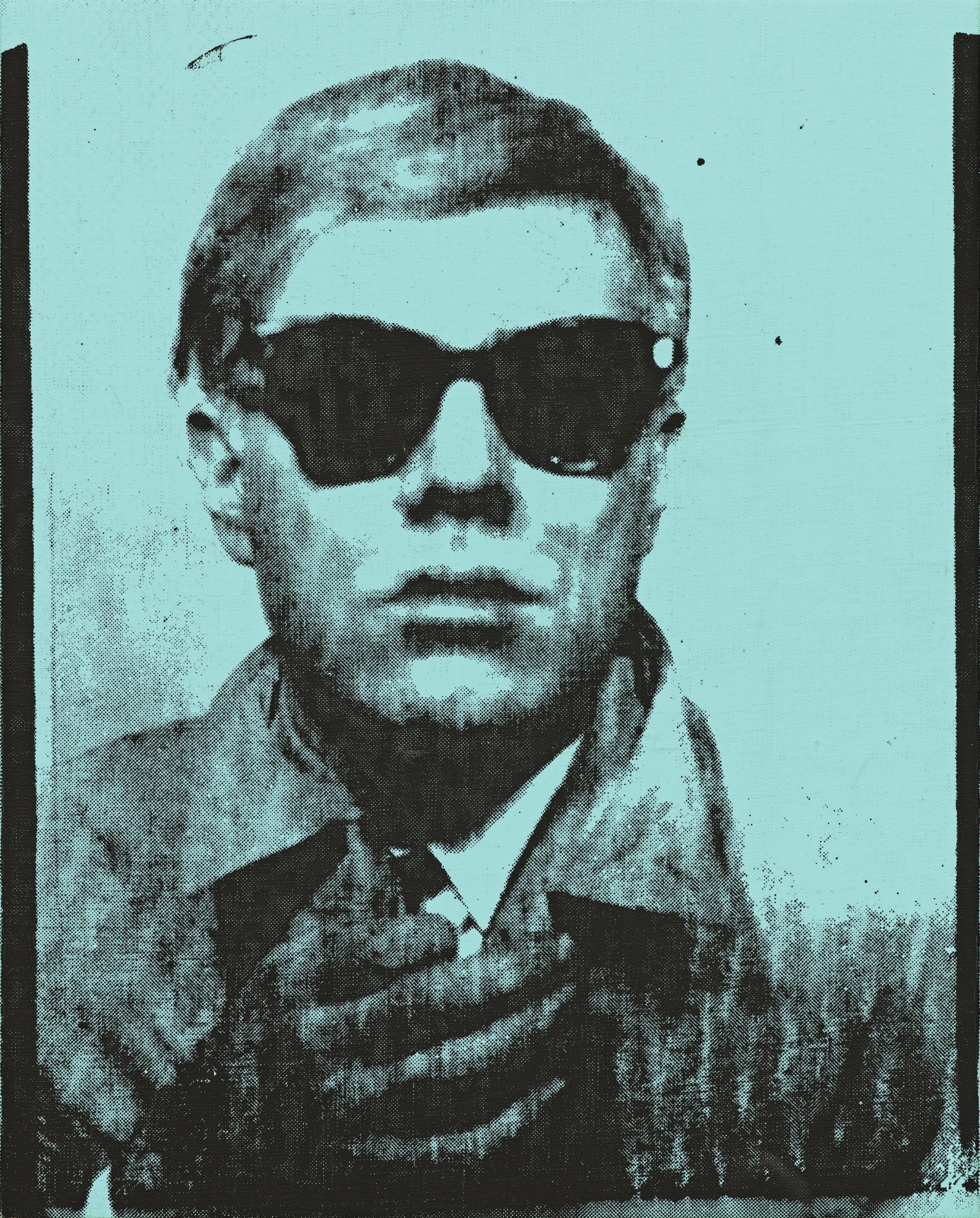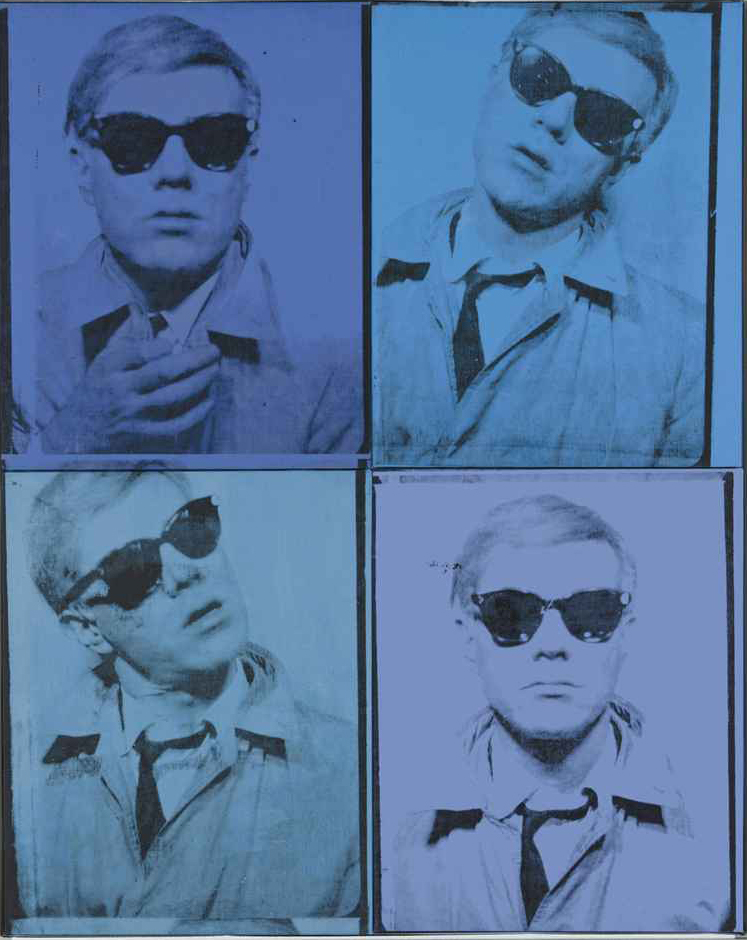
Will Warhol’s first selfie sell for £7m?
That’s certainly the hope when Sotheby’s puts this iconic piece of pop art up for auction in London later this month
Here’s how the Ladies Home Journal describes Andy Warhol’s portrait process in the summer of 1963: “When Andy Warhol was asked to paint [New York socialite] Ethel Scull, he responded by making a date to take her to a photographer. “I expected to see Avedon or somebody like that,” she says. “Instead, we went to one of those places on Forty-second Street where you put a quarter in a machine and take three pictures. We kept the booth going for an hour.”
From those 300 shots, Warhol whittled Ethel’s source material down to a little over 30 imates photos, to create his famous multiple portrait Ethel Scull 36 Times.
And that wasn’t the end of Warhol’s fun in the photo booth. Later that year, the Detroit collector Florence Barron approached the Pop artist, keen to commission her own portrait. The pair were introduced by the art dealer Ivan Karp, and it was Karp who persuaded Barron to commission not her likeness, but, instead to get Warhol’s own self-portrait. This proved to be a smart move; Warhol was just beginning to establish himself as an important, though not overly expensive artist. Barron paid, in instalments, just $1,600 for the work. When one of those self-portraits goes on sale at Sotheby’s in London later this month, it is expected to reach between £5m and £7m.

Andy returned to the photobooth to create this, his first famous selfie, shooting a series of four images, which he later screen printed into portraits. These aren’t the most recognisable shot of Warhol. His shirt and tie aren’t the kind of thing he would have worn around the Factory during the mid-to-late sixties, and his hair isn’t whipped and spiked into the fright wig we recognise from later shots. Nevertheless, there’s something a prescient about the shades-wearing Warhol’s pose in these shots, as he loosens off his tie and cocks his head from left to right.
In 1963, Warhol may not have found international fame, yet he knew how to form a simple self-image with lasting appeal.
To find out more about this work, order Volume One of our Andy Warhol Catalogue Raisonné; for a quick introduction to Andy’s life and work get our Phaidon Focus book; and to see more pictures from Warhol's early days take a look at this beautiful Stephen Shore book.